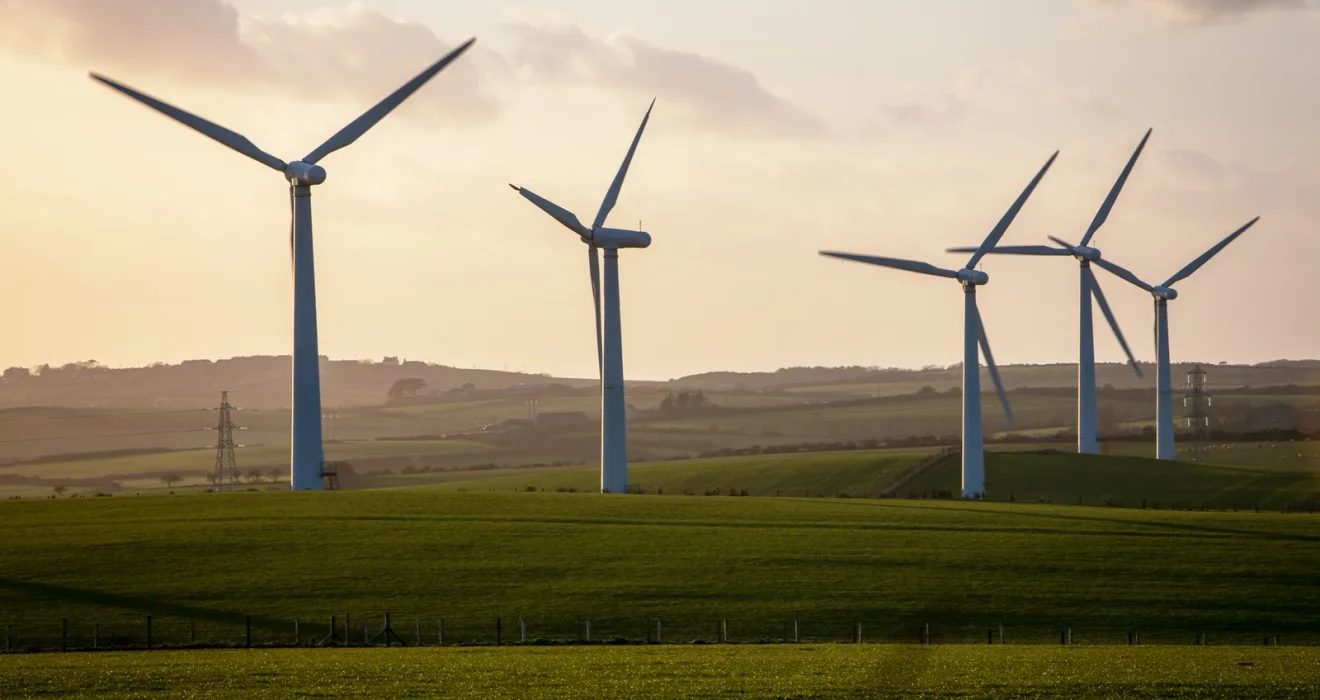In a groundbreaking achievement, Germany, Europe’s economic powerhouse, marked a significant milestone in 2023 by sourcing 55 percent of its power from renewables. This remarkable increase of 6.6 percent, as reported by the energy regulator Bundesnetzagentur, propels the country closer to its ambitious goal of achieving 80 percent green energy by 2030. Let’s delve into the details of Germany’s renewable energy landscape, exploring the key factors behind this success and its implications for the global shift towards sustainable power sources.
Germany’s Renewable Energy Mix
Germany’s renewables mix in 2023 showcased a diverse array, with wind leading the charge at 31.1 percent, complemented by 12.1 percent from solar and biomass, and 3.4 percent from a blend of hydropower and other renewable sources, according to Bundesnetzagentur. Wind farms, particularly those on land, emerged as the primary contributors, emphasizing the pivotal role of wind energy in Germany’s green transition.
As the nation strategically diversifies its renewable energy portfolio, wind power stands out as a frontrunner. The robust contribution from onshore wind farms underscores Germany’s commitment to harnessing the full potential of this clean energy source. The expansive landscapes adorned with towering wind turbines paint a picture of sustainable progress and serve as symbols of Germany’s dedication to a future powered by environmentally friendly means.
Government Initiatives and Policy Impact
Robert Habeck, Germany’s vice chancellor and federal minister for economic affairs and climate action, attributed the success to effective measures aimed at simplifying planning and approvals. As a testament to their commitment, Germany has phased out nuclear power, plans to eliminate coal, and envisions using gas as a backup for its energy grid. The interplay of these policies and their positive impact on renewables is evident in the recent surge.
Germany’s journey toward renewable dominance is not merely a consequence of technological advancements but a result of meticulous planning and governance. The phased elimination of nuclear power and coal underscores a commitment to not only reduce carbon emissions but also transition toward more sustainable and eco-friendly energy sources. Gas, positioned as a backup, exemplifies a balanced approach, ensuring energy security while prioritizing renewable alternatives.
Weather, Capacity Expansion, and Renewable Growth
The renewables surge in 2023 was not solely a result of policy measures. Weather conditions played a crucial role, synergizing with an expansion of capacity. Bundesnetzagentur noted that the interaction between supply and demand across Europe contributed to favorable conditions for energy generation. The press release emphasizes the interconnectedness of European nations, where electricity is produced where it is most cost-effective, benefiting all countries involved.
Germany’s success in renewable energy is intricately tied to the unpredictability of weather patterns and the country’s proactive capacity expansion. The synergy between these factors creates an environment conducive to renewable growth. This interconnectedness across Europe signifies a collaborative effort, where nations benefit from the optimal conditions for energy generation. It’s a testament to the collective pursuit of sustainable energy solutions on a continental scale.
Shifting Power Dynamics – From Fossil Fuels to Renewables
Germany’s power grids, supervised by the energy regulator and funded by consumers, are undergoing a transformative shift. The transition from centralized fossil fuel operations to a decentralized network of predominantly solar and wind providers is evident. The decrease of 5.3 percent in the total power supplied by public networks in 2023 reflects a decreasing reliance on fossil fuels, showcasing the success of Germany’s green energy transition.
The changing dynamics of Germany’s power grid symbolize a broader shift in the global energy paradigm. The transition from centralized fossil fuel operations to decentralized, renewable sources reflects a commitment to sustainability. Consumer-funded grids, supervised by energy regulators, signal a democratization of energy production, where individuals and communities contribute to the power supply. This shift not only reduces environmental impact but also empowers local communities to actively participate in the green revolution.
Economic Impacts and Continued Challenges
While Germany’s strides in renewable energy are commendable, the country faced challenges in 2022 due to Russia’s invasion of Ukraine. The subsequent decline in energy imports and resulting price increases impacted the nation’s economy. Despite these challenges, electricity produced from natural gas rose significantly, highlighting the resilience of the energy sector in adapting to changing geopolitical and economic landscapes.
The economic ramifications of Germany’s energy transition are a vital aspect of the nation’s journey toward sustainability. The challenges posed by geopolitical events, such as the Russia-Ukraine conflict, underscore the interconnectedness of energy markets and the need for resilience. The surge in natural gas usage, despite external pressures, highlights the adaptability of Germany’s energy sector. This adaptability not only ensures energy security but also showcases the sector’s ability to navigate complex geopolitical landscapes.
Conclusion:
Germany’s achievement in surpassing the 50 percent mark for renewables in 2023 is a testament to the effectiveness of strategic policies, favorable weather conditions, and a commitment to sustainability. As the nation marches towards its 80 percent green energy target by 2030, the world watches, inspired by the success story unfolding in Europe’s largest economy. This green revolution not only reshapes Germany’s energy landscape but also serves as a beacon for other nations striving to embrace a sustainable and eco-friendly future. The transformative impact extends beyond environmental considerations, ushering in an era where energy becomes a driver of economic resilience, community empowerment, and global cooperation for a greener tomorrow.

